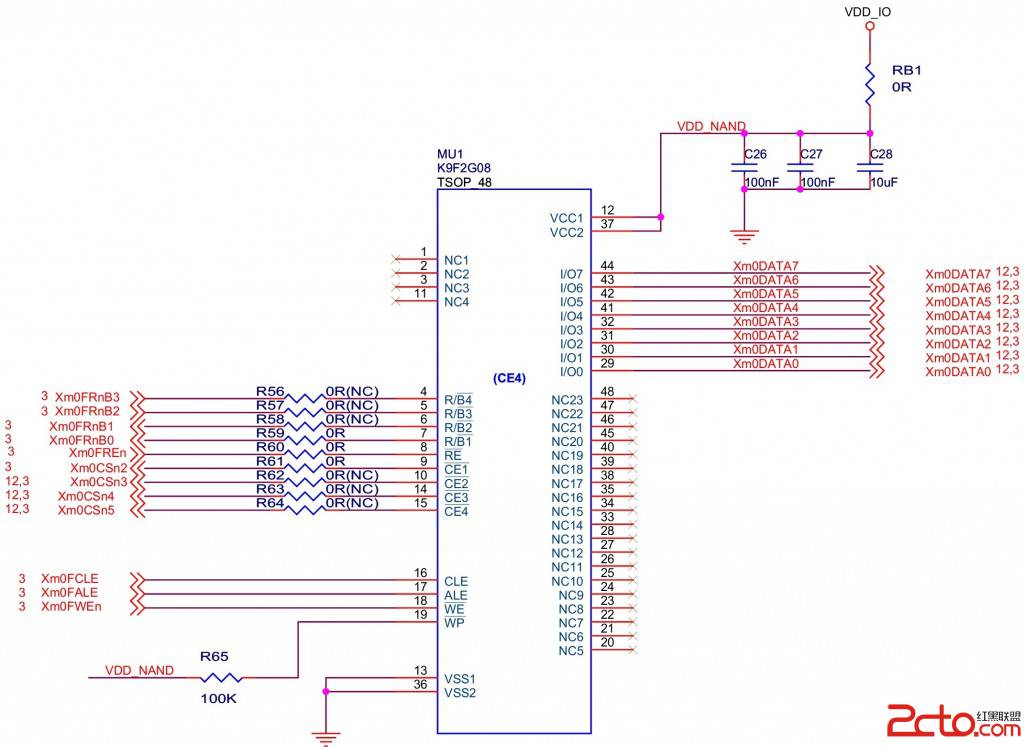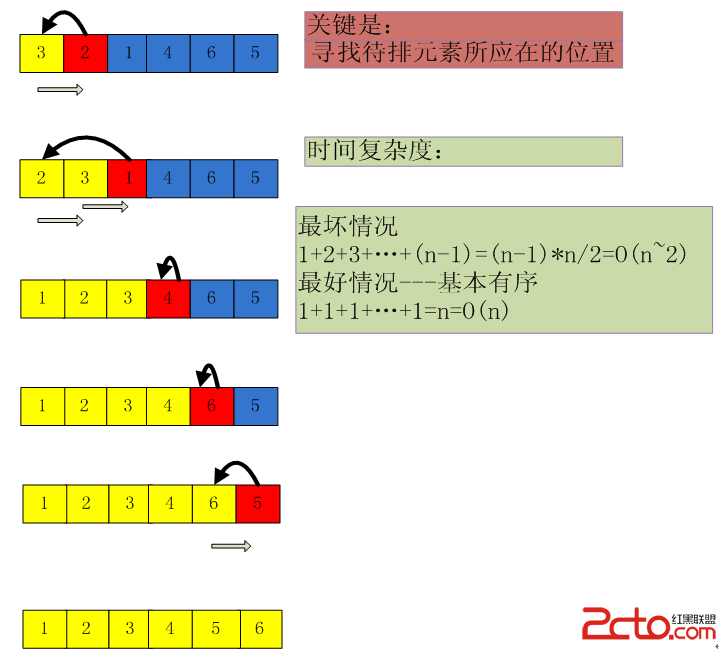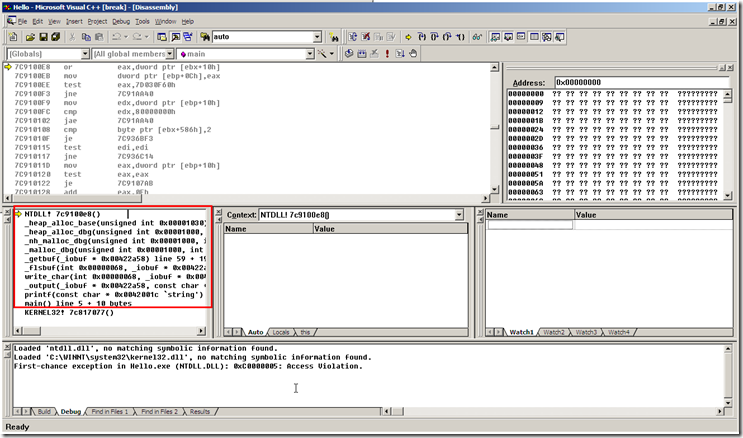UVA 10361 - Automatic Poetry
“Oh God”, Lara Croft exclaims, “it’s one of these dumb riddles again!”In Tomb Raider XIV, Lara is, as ever, gunning her way through ancient Egyptian pyramids, prehistoric caves and medival hallways. Now she is standing in front of some important Germanic looking doorway and has to solve a linguistic riddle to pass. As usual, the riddle is not very intellectually challenging.
This time, the riddle involves poems containing a “Schuttelreim”. An example of a Schuttelreim is the following short poem:
Ein Kind halt seinen Schnabel nur,
wenn es hangt an der Nabelschnur.
/*German contestants please forgive me. I had to modify something as they were not appearing correctly in plain text format*/
A Schuttelreim seems to be a typical German invention. The funny thing about this strange type of poetry is that if somebody gives you the first line and the beginning of the second one, you can complete the poem yourself. Well, even a computer can do that, and your task is to write a program which completes them automatically. This will help Lara concentrate on the “action” part of Tomb Raider and not on the “intellectual” part.
Input
The input will begin with a line containing a single number n. After this line follow n pairs of lines containing Schuttelreims. The first line of each pair will be of the form
s1<s2>s3<s4>s5
where the si are possibly empty, strings of lowercase characters or blanks. The second line will be a string of lowercase characters or blanks ending with three dots “...”. Lines will we at most 100 characters long.
Output
For each pair of Schuttelreim lines l1 and l2 you are to output two lines c1 and c2 in the following way: c1 is the same as l1 only that the bracket marks “<” and “>” are removed. Line c2 is the same as l2 , except that instead of the three dots the string s4s3s2s5 should appear.
Sample Input
3
ein kind haelt seinen <schn>abel <n>ur
wenn es haengt an der ...
weil wir zu spaet zur <>oma <k>amen
verpassten wir das ...
<d>u <b>ist
...
Sample Output
ein kind haelt seinen schnabel nur
wenn es haengt an der nabel schnur
weil wir zu spaet zur oma kamen
verpassten wir das koma amen
du bist
bu dist
[cpp]
//#define RUN
#ifdef RUN
#include <stdio.h>
#include <stdlib.h>
#include <string.h>
#include <assert.h>
#include <string>
#include <iostream>
#include <sstream>
#include <map>
#include <set>
#include <vector>
#include <list>
#include <cctype>
#include <algorithm>
#include <utility>
#include <math.h>
using namespace std;
#define MAXN 105
//char l1[MAXN];
//char l2[MAXN];
string l1;
string l2;
void play(){
bool leftB1 = false;
bool rightB1 = false;
bool leftB2 = false;
bool rightB2 = false;
string s2, s3, s4, s5;
s2.clear();
s3.clear();
s4.clear();
s5.clear();
for(int i=0; i<l1.length(); i++){
//第一次找到<
if(!leftB1 && !rightB1 && l1[i]=='<' && !leftB2 && !rightB2){
leftB1 = true;
continue;
}
//第一次找到>
if(leftB1 && !rightB1 && l1[i]=='>' && !leftB2 && !rightB2){
rightB1 = true;
continue;
}
//找到第一个<>中间的字符
if(leftB1 && !rightB1 && !leftB2 && !rightB2){
s2 += l1[i];
continue;
}
//第二次找到<
if(leftB1 && rightB1 && !leftB2 && !rightB2 && l1[i]=='<'){
leftB2 = true;
continue;
}
//找到第一个<>到第二个<>之间的字符
if(leftB1 && rightB1 && !leftB2 && !rightB2){
s3 += l1[i];
continue;
}
//第二次找到>
if(leftB1 && rightB1 && leftB2 && !rightB2 && l1[i]=='>'){
rightB2 = true;
continue;
}
//找到第二个<>中间的字符
if(leftB1 && rightB1 && leftB2 && !rightB2){
s4 += l1[i];
continue;
}
//找到第二个<>后面的字符
if(leftB1 && rightB1 && leftB2 && rightB2){
s5 += l1[i];
continue;
}
}
int l1start = l1.find('<');
string s1 = l1.substr(0, l1start);
&n
补充:软件开发 , C++ ,- 更多C/C++疑问解答:
- 关于c++的cout输出的问题。
- 在学校里学过C和C++,不过学的很一般,现在自学C#,会不会很难?
- 全国计算机二级C语言笔试题
- 已知某树有2个2度结点,3个3度结点,4个4度结点,问有几个叶子结点?
- c++数据结构内部排序问题,整数排序
- 2012九月计算机二级C语言全国题库,,急求急求
- 如果assert只有一个字符串作为参数,是什么意思呢?
- C语言中,哪些运算符具有左结合性,哪些具有右结合性,帮忙总结下,谢谢了!
- 为什么用结构体编写的程序输入是,0输不出来啊~~~
- 将IEEE—754的十六进制转化为十进制浮点类型,用C或C++都行,多谢各位大侠啊,非常感谢!
- 为什么这个程序求不出公式?
- 这个链表倒置的算法请大家分析下
- c语言函数库调用
- C语言unsigned int纠错
- C语言快排求解啊





